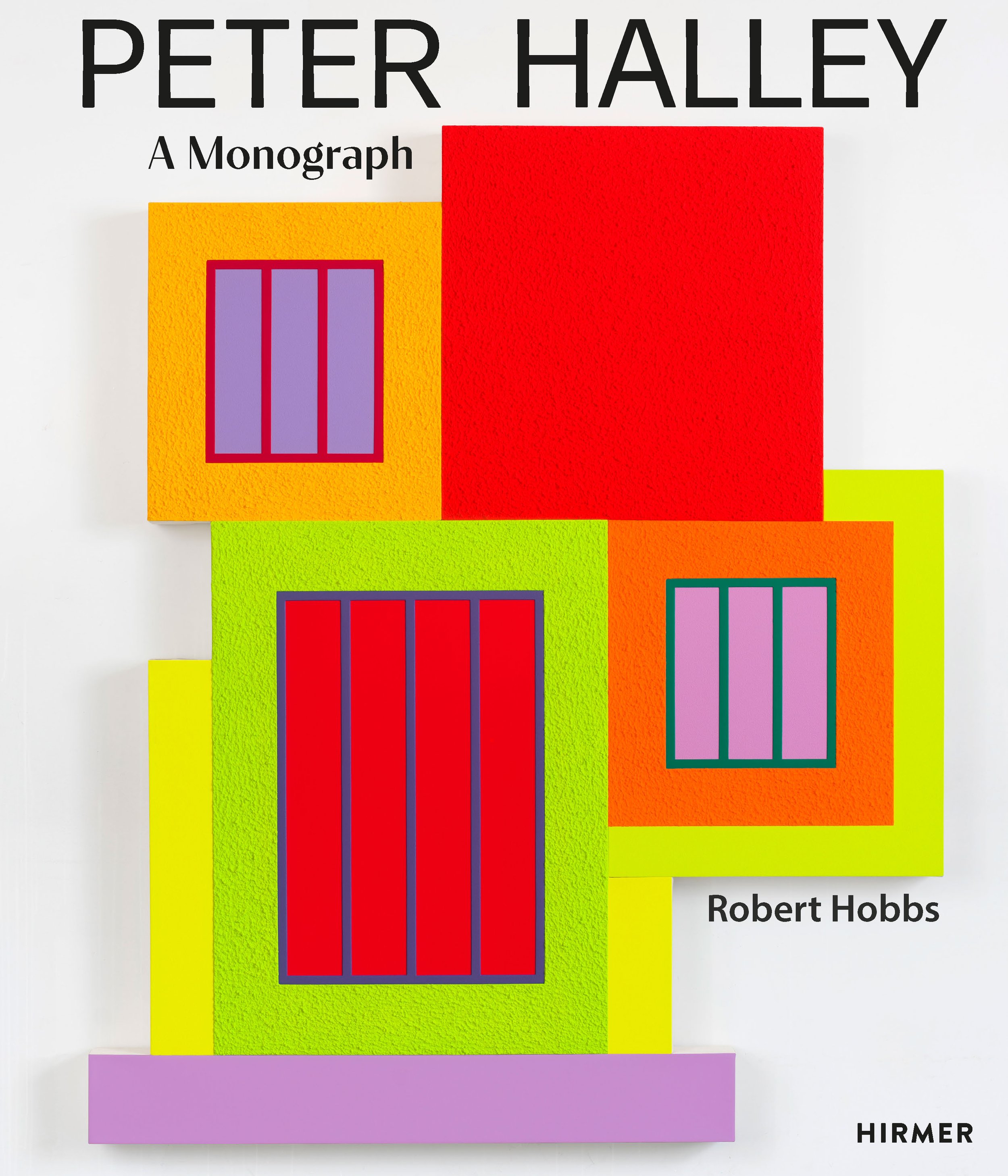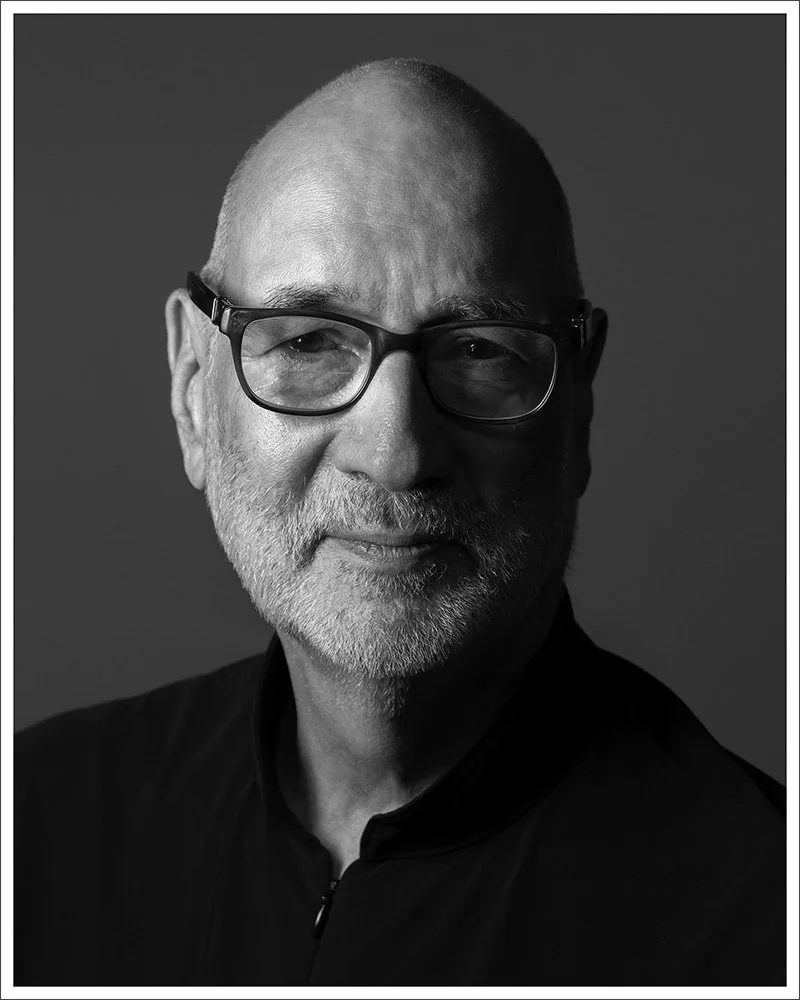May 1st: Robert Hobbs—Peter Halley: A Monograph
Presented by 192 Books and Paula Cooper Gallery, Robert Hobbs in Conversation with Peter Halley to discuss his new book Peter Halley: A Monograph (Hirmer Publishers/University of Chicago Press, 2024)
This event will take place live at 192 Books at 192 10th Avenue, between 21st and 22nd avenue, on Wednesday, May 1st at 7:00 PM ET. Seating is on a first come, first served basis. The discussion will be streamed directly on this page. A recording will be archived.
Robert Hobbs—Peter Halley: A Monograph (Published by Hirmer Publishers/University of Chicago Press, 2024)
What a prominent contemporary artist reveals about painting in the digital age—an era characterized by simulation and hyperreality.
At the height of postmodernism, just as the digital world was becoming a reality, Peter Halley revitalized painting by affiliating his work with sociology and science fiction. Employing lowbrow, commercial media—fluorescent colors and Roll-A-Tex, an additive used to surface suburban architecture—he debunked painting’s high art connotations. Deconstructing early- and mid-twentieth-century geometric abstraction, he transposed its rectangles into structures he referred to as “cells” and “prisons.” He then connected these with straight lines, or “conduits,” to imaginatively access outside forces.
Halley has met many of the challenges posed by the information age and French poststructuralism by situating his painting on the divide separating analog and digital worlds. Robert Hobbs’s monograph analyzes Halley’s geometric art in relation to the opportunities provided by the internet, the aesthetic possibilities afforded by Photoshop, Jacques Derrida’s deconstruction, Michel Foucault’s and Jean Baudrillard’s sociological theories, and the conundrums presented by both science fiction and physics.
Photo Credit: Roxanne Lowit
Peter Halley (b. 1953, New York) came to prominence as a central figure of the Neo-Conceptualist movement of the 1980s. His paintings redeploy the language of geometric abstraction to explore the organization of social space in the digital era. Since the 1980s, Halley’s lexicon has included three elements: “prisons” and “cells,” connected by “conduits,” which are used in his paintings to explore the technologically determined space and pathways that regulate daily life. Halley has been the subject of major exhibitions at the Musée d'art Moderne Grand-Duc Jean, Luxembourg (2023); Dallas Contemporary (2021); Schirn Kunsthalle, Frankfurt (2016); Musée d’art Moderne et Contemporain, Saint-Etienne Métropole (2014); Kitakyushu Municipal Museum of Art, Japan, and Museum Folkwang, Essen (1998); Museum of Modern Art, New York (1997); Dallas Museum of Art (1995); Des Moines Art Center (1992); CAPC – Musée d'art Contemporain de Bordeaux, Museo Nacional Centro de Arte Reina Sofía, Madrid, and Stedelijk Museum, Amsterdam (1991); Museum Haus Esters, Krefeld, and Institute of Contemporary Art, London (1989). His work is held in numerous public collections including the Museum of Modern Art, New York; Stedelijk Museum, Amsterdam; Tate, London; and Centre Pompidou, Paris. From 2001 to 2011, he served as professor and director of graduate studies in painting at the Yale School of Art. He lives and works in New York.
Photo Credit: Christopher Little
Robert Hobbs is an art historian and curator who has served as Associate Professor at Cornell University, long-term Visiting Professor of Yale University, in addition to holding the Thalhimer Endowed Chair at Virginia Commonwealth University. Among his more than fifty books and major catalogues are monographs on such artists as Milton Avery, Alice Aycock, Edward Hopper, Lee Krasner, Mark Lombardi, Robert Motherwell, Robert Smithson, Sterling Ruby, Kara Walker, and Kehinde Wiley.



